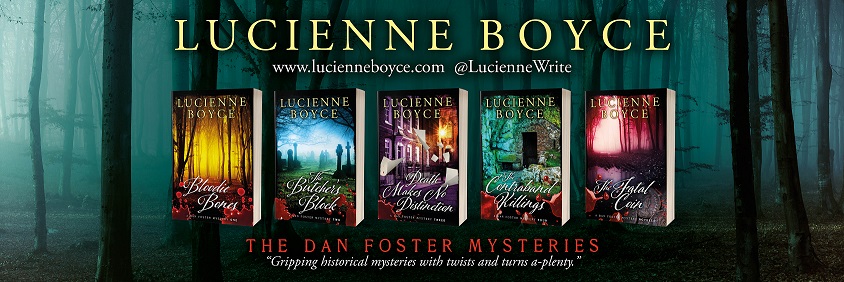Today’s
guest was Bristol novelist Jean Burnett, a self-confessed dromomaniac (someone
addicted to travelling), who talked to us about the travels which inspired her
book Vagabond Shoes. Jean has always
been fascinated by the memoirs of Victorian women travellers and so she decided
to follow in their footsteps. The book includes quotes and advice from some of
the doughty women who went before her – ladies, never take more than one carpet
bag! Jean talked about some of her own hair-raising adventures which included
staying in a haunted museum in France and travelling with a bodyguard in Georgia.
In
addition, Jean has written two novels about Lydia Bennett, the “bad Miss
Bennett” of Jane Austen’s Pride and
Prejudice. They are Who Needs Mr Darcy
and The Bad Miss Bennett Abroad.
Jean
also told us about creative writing classes she’s running for the over 55s with
Link Age – Write with a Bite – the classes start at 12.30 on 23 September 2016
at Henbury Library. No need to book, just come along – and don’t forget your
sandwich!
Find
out more about Jean Burnett and her books here - http://www.jeanburnett.co.uk/
Penny
presented the show as usual, and George Moss was in the studio to read out some
“good news” stories as an antidote to the doom and gloom that usually dominates
the news.
You can
listen to the show here
Silver
Sound is broadcast by BCfm between 10 am and mid day on Thursdays and Fridays. I’ll
be back on the show on 9 September 2016 with another fabulous guest!

Comments
Post a Comment